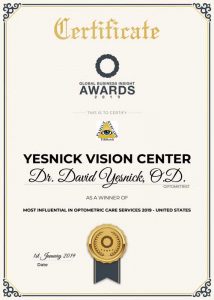Cataracts are when the protein that is contained in the lens of your eye is grouped forming a cloud inside the lens so it is difficult to see. Cataract surgery is an outpatient procedure performed by an ophthalmologist who removes this cloud and replaces it with an artificial lens so that your eyes can return to normal focus control.

Before the surgery
You are given an anesthetic (local anesthetic) and a relaxation pill before the procedure. If you are an adult, you are awake, but children are given general anesthesia so that they are unconscious during the procedure.
During the procedure
The ophthalmologist removes the cloudy lens with a superior microscope to make a small incision in the eye. In less than half an hour per eye, the ophthalmologist removes the cloudy lens using one of the following forms, depending on the type of cataract it has:
- Phacoemulsification: This procedure uses a very small incision and a tool to separate the cataract into very small pieces using sound waves and then suction .
- Extracapsular extraction: is a larger incision to remove the cataract in one piece.
- Laser surgery: A more precise method uses a laser to loosen the cataract and make the incision. Then the cataract is suctioned. This method shortens the recovery time.
The incision is self-sealing or is made with very small stitches that are removed after healing.
What to expect after cataract surgery
After the surgeon removes the damaged lens and changes it with an impeccable soft intraocular lens, in ninety percent of those who undergo a cataract procedure, one should expect to recover vision 20/20 – 20/40. Learn more about our eSight page.


